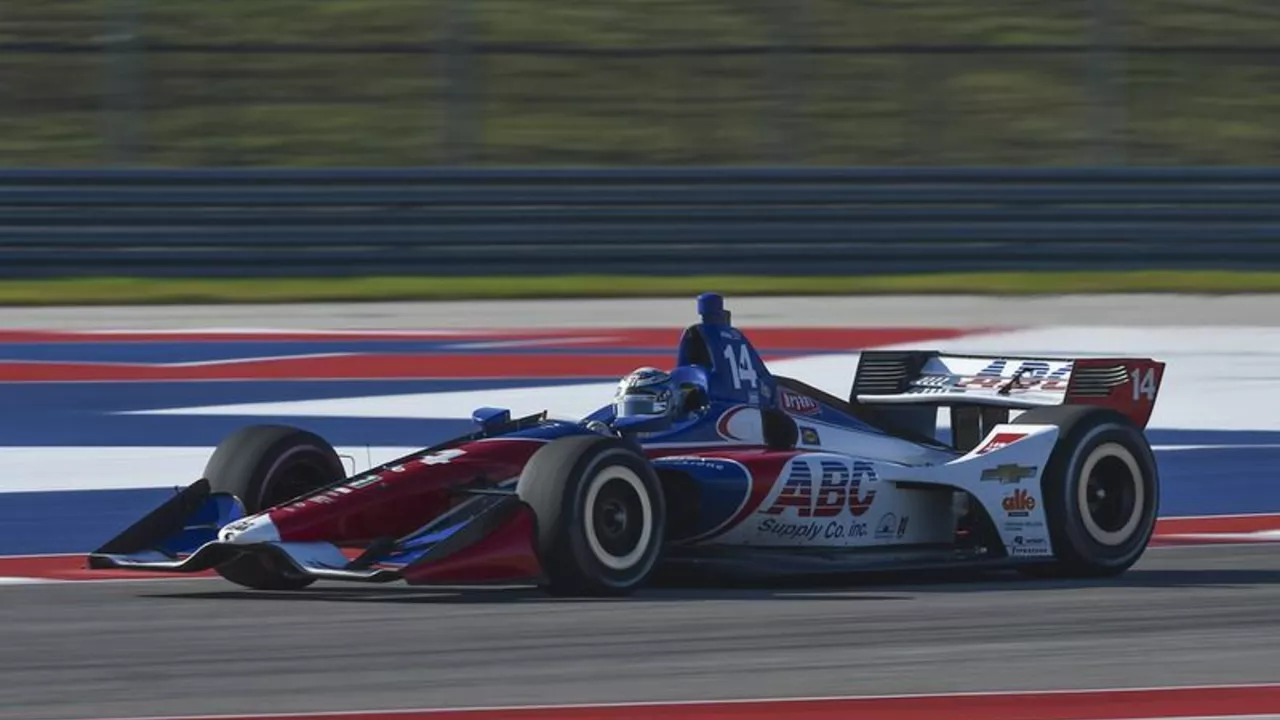Oval Tracks: What They Are and Why They Matter
If you’ve ever watched a NASCAR race, you’ve seen an oval track in action. Unlike road courses with twists and turns, an oval is a simple loop that lets cars keep high speeds for most of the lap. The shape may look plain, but the engineering behind it is anything but. Oval tracks focus on banking, surface grip, and the rhythm of the racing line, all of which shape how drivers approach each lap.
Key Features of an Oval Track
First off, banking is the angle of the track surface on the turns. A steep bank (think 30 degrees at Talladega) lets cars take the corner faster because the incline pushes the car into the track. Lower‑banked ovals like Dover rely more on driver skill and tire management. Second, the surface material matters. Concrete holds up longer but can be slick when it’s hot, while asphalt offers more grip but wears out faster. Finally, the length of the oval changes the race flow. Short tracks under a mile (like Bristol) create constant traffic and lots of passing, whereas super‑speedways over two miles (like Indianapolis) let cars settle into a steady rhythm.
Famous Oval Circuits You Should Know
Every fan has a favorite. Daytona International Speedway is the crown jewel of American racing – 2.5 miles of high‑banked turns and a massive start‑finish straight. Talladega Superspeedway pushes the limits with 33‑degree banking and the longest lap in the series. On the other side of the world, Monza’s oval configuration (used in historic events) shows how European tracks can adopt the oval vibe. For those who love short‑track action, Bristol Motor Speedway packs a mile‑long circuit into a tiny space, creating nonstop excitement.
Understanding these tracks helps you pick the right car setup. On high‑banked super‑speedways, teams use low downforce to cut drag, while short tracks need more downforce for quick cornering. Tire pressure also shifts – a bit higher on fast ovals to reduce heat, a bit lower on tight ovals for better grip.
When you’re learning to race on an oval, start with the basics: find the racing line, hit the apex, and keep your throttle smooth. The ideal line usually hugs the outside of the turn, dips low at the apex, then drifts back to the outside on the exit. This minimizes steering effort and keeps the car stable. Practice braking only when needed – most ovals let you stay full‑throttle through the turns if the banking is enough.
Finally, safety can’t be ignored. Oval tracks often feature SAFER barriers and catch‑fencing to protect both drivers and spectators. Always check the track’s safety guidelines before you hit the pit lane.
Whether you’re a weekend driver, a budding engineer, or just a fan who loves the roar of engines, knowing the ins and outs of oval tracks adds depth to the sport. The next time you watch a race, you’ll spot the subtle differences in banking, surface, and length that make each oval unique. And if you ever get the chance to drive one, you’ll have a solid foundation to stay fast and stay safe.
